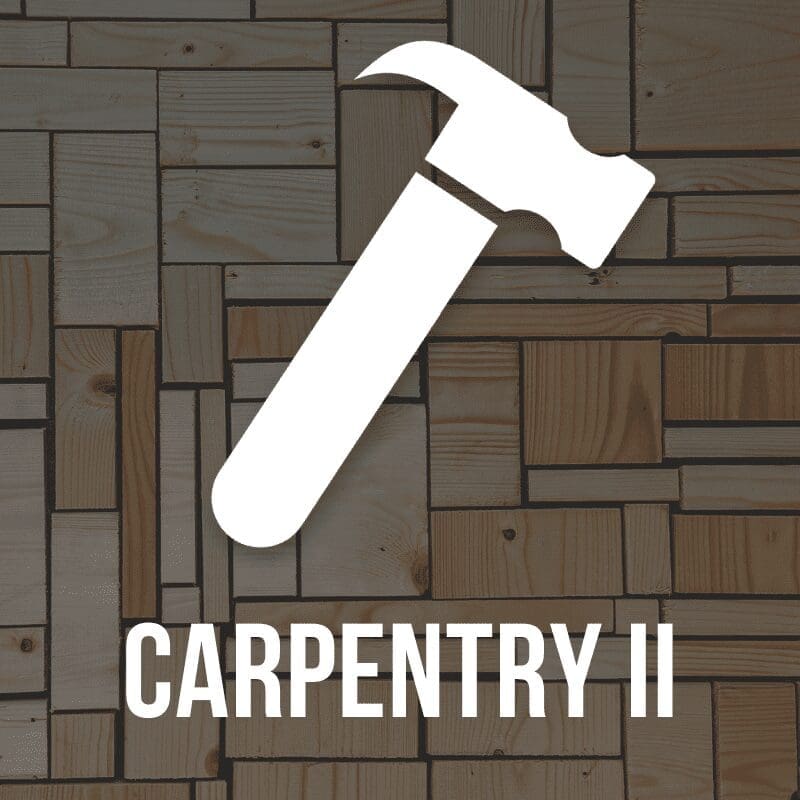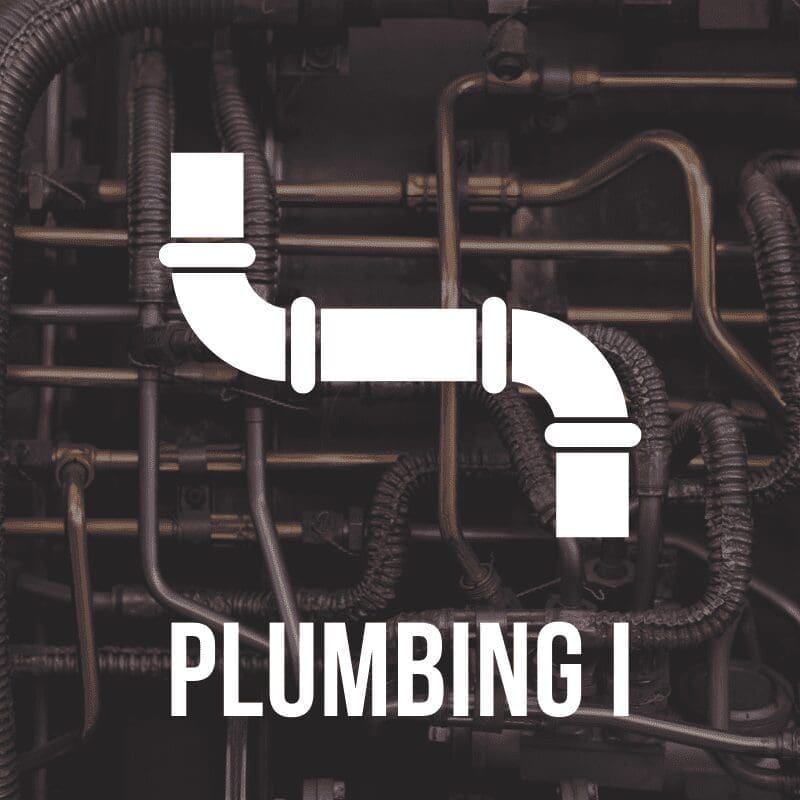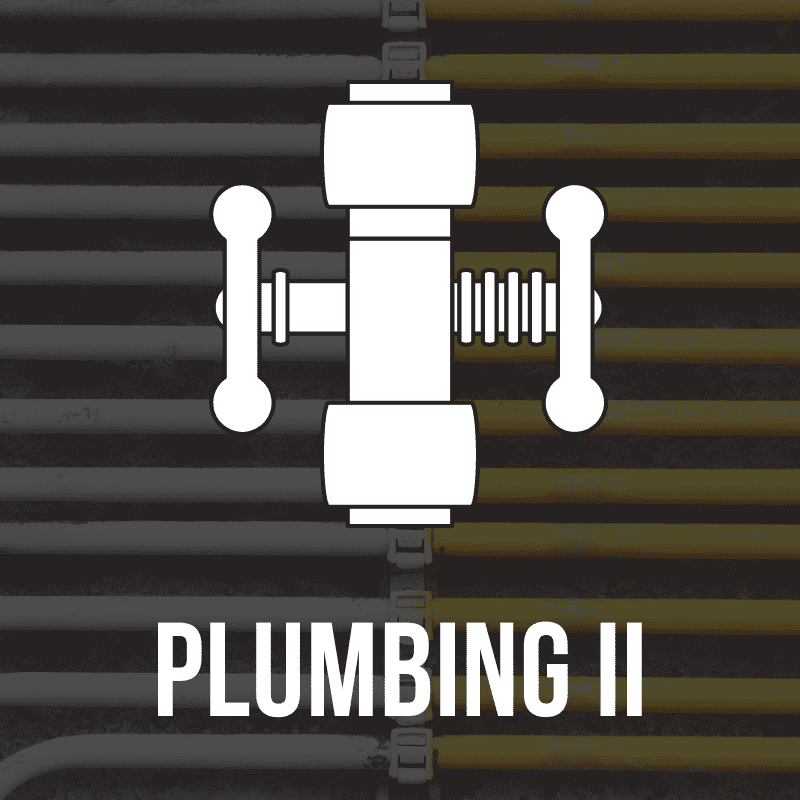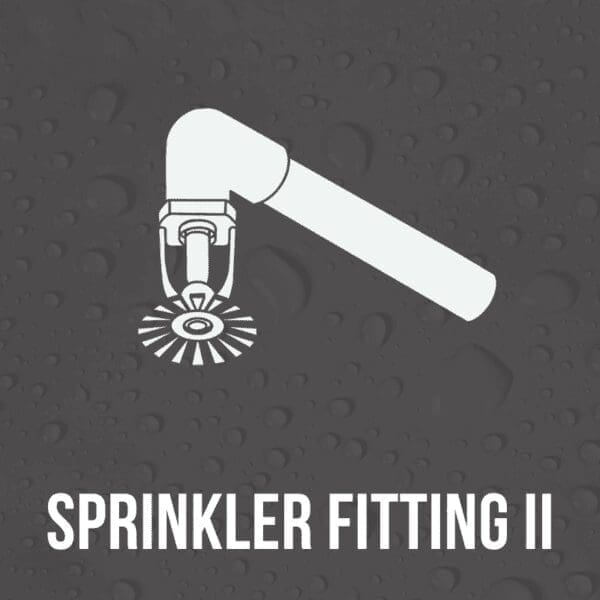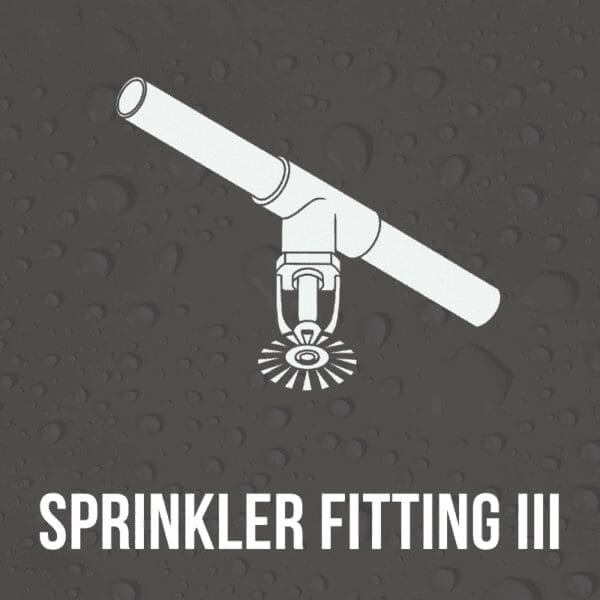Exterior envelope I
The exterior envelope of a building is the physical barrier between the interior and exterior environment. Not only does the exterior envelope provide structural support, moisture management, temperature control, and sound insulation, a high-quality design also serves an aesthetic purpose by providing a pleasing appearance.
Registration for Exterior Envelope I is closed.
Make sure to join the WMCI mailing list to be notified when this course opens!

Course Description
The course will explore what the building envelope is and how it functions, materials, plans, and the typical role of a beginning exterior envelope employee. Students will learn about the different exterior products, employer-specific safety responsibilities, and specific tools for the trade, in addition to basic processes for exterior envelope systems.
Prerequisites: None
Course Details
- Dates: August 22, 2023 - May 28, 2024
- Day of the Week: Every other Tuesday
- Time: 7AM - 4PM
- Material/Lab Fees: $190 ($95 billed each semester)
- Course Textbook Fee: $165
Credentials Earned
- NCCER CORE Certification
- WMCI Certificate of Completion
instructor: TBD

Director of Instruction, West Michigan Construction Institute.
exterior envelope I Curriculum
Fall Semester modules
Basic Safety
Work at construction and industrial job sites can be hazardous. Most job-site incidents are caused by at-risk behavior, poor planning, lack of training, or failure to recognize the hazards. To help prevent incidents, every company must have a proactive safety program. Safety must be incorporated into all phases of the job and involve employees at every level, including management.
Introduction to Construction Math
Craft professionals rely on math to do their jobs accurately and efficiently. Plumbers calculate pipe lengths, plan drain slopes, and interpret dimensioned plans. Carpenters meet code requirements by using math to frame walls and ceilings properly. HVAC professionals develop ductwork and calculate airflow with practical geometry. Whichever craft lies in your future, math will play a role in it. This module reviews the math that you will need and sharpens the skills that you will be using in the exciting modules ahead.
Introduction to Hand Tools
Every profession has its tools. A surgeon uses a scalpel, an instructor uses a whiteboard, and an accountant uses a calculator. The construction crafts require a broad array of hand tools. Even if you are familiar with some of the tools, all craftworkers need to learn how to select, maintain, and use them safely. A quality hand tool may cost more up front, but if it is properly used and maintained, it will last for years. A true craft professional invests wisely in hand tools, and uses, maintains, and stores them with the same wisdom.
Introduction to Power Tools
Power tools play an important role in the construction industry. Thousands of construction workers across the world use power tools every day to make holes, cut different types of materials, smooth rough surfaces, and shape a variety of products. Regardless of their specialization, all construction workers eventually use power tools on their job. This module provides an overview of the common types of power tools and how they function. It also describes the proper techniques required to ensure their safe and efficient operation.
Introduction to Construction Drawings
Various types of construction drawings are used to represent actual components of a building project. The drawings provide specific information about the locations of the parts of a structure, the types of materials to be used, and the correct layout of the building. Knowing the purposes of the different types of drawings and interpreting the drawings correctly are important skills for anyone who works in the construction trades. This module introduces common types of construction drawings, their basic components, standard drawing elements, and measurement tools that are typically used when working with construction drawings.
Basic Communication Skills
The construction professional communicates constantly. The ability to communicate skillfully will help to make you a better worker and a more effective leader. This module provides guidance in listening to understand, and speaking with clarity. It explains how to use and understand written materials, and it also provides techniques and guidelines that will help you to improve your writing skills.
Basic Employability Skills
Becoming gainfully employed in the construction industry takes more preparation than simply filling out a job application. It is essential to understand how the construction industry and potential employers operate. Your trade skills are extremely important, but all employers are also looking for those who are eager to advance and demonstrate positive personal characteristics. This module discusses the skills needed to pursue employment successfully.
Introduction to Materials Handling
Lifting, stacking, transporting, and unloading materials such as brick, pipe, and various supplies are routine tasks on a job site. Whether performing these tasks manually or with the aid of specialized equipment, workers must follow basic safety guidelines to keep themselves and their co-workers safe. This module provides guidelines for using the appropriate PPE for the material being handled and using proper procedures and techniques to carry out the job.
Employer-Specific Safety Procedures
Students will be introduced to the Safety Manual and learn the basics of what an employer expects of their employees. Students will be introduced to the Focus Four hazards in construction as well as proper handling of materials.
spring semester modules
Introduction to Exterior Envelope
Students will learn what is meant by “Envelope” and the importance of water-tightness and sealing a building. These modules will discuss different products and systems, sealants, flashings as well as glazing.
Exterior Envelope Tools and Safety Procedures
Students will learn proper tool use and maintenance for specific tasks as well as be introduced to working at elevations and the importance of fall prevention and how to properly use scaffolding and ladders for the trade.
Introduction to Proper Technique
Students will learn beginning ground man tasks such as making proper cuts on materials, proper measurements, fasteners, and sealants.
Exterior Envelope Plans and Specifications
Students will be introduced to simple shop drawings and details for work in the trade.
exterior envelope I registration form
Course registration is now closed.
Your form entry has been saved and a unique link has been created which you can access to resume this form.
Enter your email address to receive the link via email. Alternatively, you can copy and save the link below.
Please note, this link should not be shared and will expire in 30 days, afterwards your form entry will be deleted.


